Frequently Ask Questions Regarding the Instant Asset Write-Off
Instant asset write-off expansion
How it applies to vehicles
We've received a number of questions about how the instant asset write-off expansion applies to vehicles, so we've answered some common questions and provided examples to help you get it right. For more information about instant asset write-off visit ato.gov.au/instantassetwriteoff or speak with your registered tax agent.
Does the instant asset write-off threshold apply equally to all vehicles?
No. A car limit applies to passenger vehicles (except motor cycles or similar vehicles) designed to carry a load less than one tonne and fewer than nine passengers. The car limit is $57,581 for the 2019-20 income tax year. The car limit does not apply to vehicles fitted out for use by people with disability.
Can I claim the full cost if I use my vehicle for business and private use?
No. If you use your vehicle for both business and private use, you can only claim the cost of the business portion. This applies to all assets. If the car limit applies to your vehicle, your deduction is limited to the business portion of the car limit. For example, if you use your vehicle for 75% business use, the total you can claim under the instant asset write-off is 75% of $57,581, which equals $43,186. For more information about how to work out your motor vehicle business and private use, speak with your registered tax agent or visit ato.gov.au/motorvehicleexpensesYou cannot claim the excess cost over the car limit under any other depreciation rules.
When working out the carrying capacity of my vehicle, does it include passengers and fuel weight?
The one tonne limit relates to the maximum load your vehicle can carry, also known as the payload capacity. The payload capacity is the gross vehicle mass (GVM) as specified on the compliance plate by the manufacturer, reduced by the basic kerb weight of the vehicle. The basic kerb weight is the weight of the vehicle with a full tank of fuel, oil and coolant together with spare wheel, tools (including jack) and factory-installed options. It does not include the weight of passengers, goods or accessories. Payload capacity = GVM - basic kerb weight For example, Trades Business XYZ wants to replace a work utility vehicle for their business. They decide to investigate dual cab vehicles. They have narrowed their choice to two options. Both vehicles cost more than the car limit.
Manufacturer A dual cab utility
GVM = 2900kg
Basic kerb weight = 1950kg
Payload capacity = 950kg
The car limit applies to this vehicle as the
payload capacity is less than one tonne.
Manufacturer B dual cab utility
GVM = 3200 kg
Basic kerb weight = 2135 kg
Payload capacity = 1065 kg
The car limit does not apply to this vehicle
as the payload capacity is more than one
tonne.
I've purchased a vehicle. What do I claim when I've traded-in a vehicle as part of the transaction?
You have to include the entire cost of the vehicle (not including any trade-in amount) when claiming under the instant asset write-off. For example, you purchase a $40,000 car. You pay cash of $32,000 and trade-in a vehicle with a value of $8,000. The amount you claim under the instant asset write-off is $40,000.
Can I claim under the increased instant asset write-off if I've ordered and paid for my vehicle by 30 June 2020, but not yet received it?
No. You must have used your vehicle, or have it delivered ready for use, between 12 March 2020 and 30 June 2020. You cannot claim the instant asset write-off for this period if you have not received your vehicle by 30 June 2020.
Is GST included in the cost of the vehicle?
When determining whether the vehicle costs less than the threshold amount, the cost:
- excludes the GST amount if you are registered for GST
- includes the GST amount if you are not registered for GST.
Examples
Example 1: Business portion of the car limit
John decides to replace his vehicle for his small business. He purchases an $80,000 passenger vehicle on 15 April 2020. As the asset is less than $150,000, he can claim it under the instant asset write-off. The vehicle is considered a passenger vehicle as it is designed to carry less than one tonne and fewer than nine passengers. This means the car limit applies, so the maximum John can claim is $57,581. However, John uses his vehicle for both business and private use.
John uses the vehicle for business use 50% of the time. To work out his deduction under the instant asset write-off, John works out the business portion of the car limit, which is 50% of $57,581. This equals $28,791. John can claim $28,791.
Example 2: Carrying capacity of the vehicle with accessories
Sally purchased a 4x4 higher spec dual cab utility vehicle used solely for her business that included factory-installed options. Sally also added roof racks and a bull bar as accessories. Sally can claim the car under the instant asset write-off as it is less than the threshold but needs to work out if the car limit applies. Sally needs to determine if the payload (carrying) capacity is less than one tonne. Sally knows the payload capacity = gross vehicle mass (GVM)-basic kerb weight Sally looks at her compliance plate to get the GVM. To work out the basic kerb weight, she works out the weight of the vehicle with a full tank of fuel, oil and coolant together with spare wheel, tools (including jack) and factory-installed options. The basic kerb weight does not include passengers, goods, and her accessories (bull bar and roof racks).
GVM = 3200kg
Basic kerb weight = 2278kg
Payload capacity is 3200kg - 2278kg = 922kg
The car limit applies to this vehicle as the payload capacity is 922kg, which is less than one tonne. The maximum Sally can claim is $57,581.
Example 3: Carrying capacity of more than one tonne but less than nine passengers
Muhammad purchases a new $70,000 vehicle to transport goods for his business. The vehicle is used 100% for business purposes. He receives the vehicle ready for use on 3 June 2020. The payload capacity of the vehicle is 1065kg. The vehicle carries less than nine passengers. The car limit does not apply as the vehicle has a carrying capacity of more than one tonne.
Muhammad can claim the full cost ($70,000) of the vehicle under the instant asset write-off because:
- the vehicle is less than the $150,000 threshold
- he has the vehicle ready for use before 30 June 2020
- the car limit does not apply (as the vehicle has a carrying capacity of more than one tonne)
- it's only used for business purposes







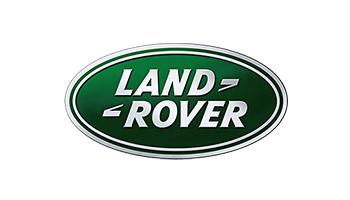





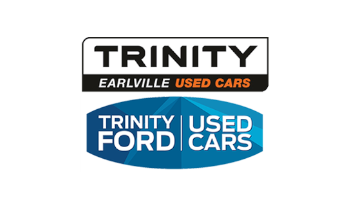

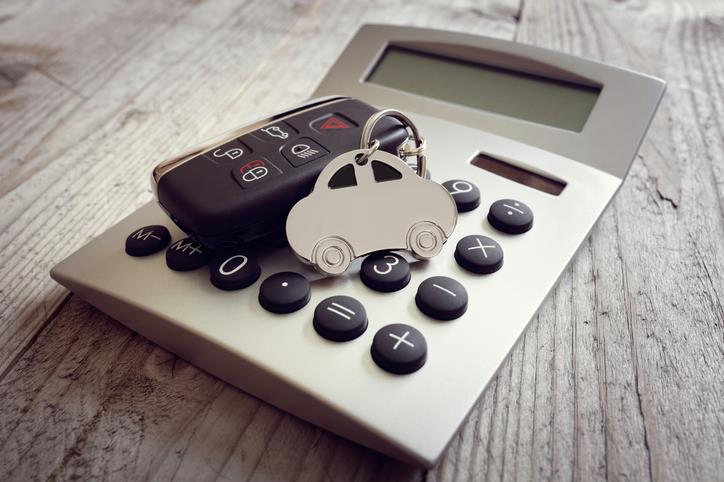
 Chery (11)
Chery (11)
 Ford (20)
Ford (20)
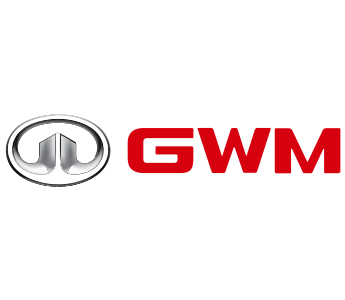 GWM (1)
GWM (1)
 Holden (1)
Holden (1)
 Honda (1)
Honda (1)
 Hyundai (35)
Hyundai (35)
 Isuzu (10)
Isuzu (10)
 Kia (16)
Kia (16)
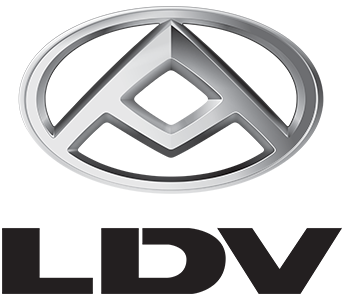 LDV (1)
LDV (1)
 Land Rover (6)
Land Rover (6)
 MG (21)
MG (21)
 Mazda (12)
Mazda (12)
 Mitsubishi (7)
Mitsubishi (7)
 Nissan (6)
Nissan (6)
 Skoda (1)
Skoda (1)
 SsangYong (7)
SsangYong (7)
 Subaru (2)
Subaru (2)
 Suzuki (22)
Suzuki (22)
 Toyota (15)
Toyota (15)
 Volkswagen (4)
Volkswagen (4)
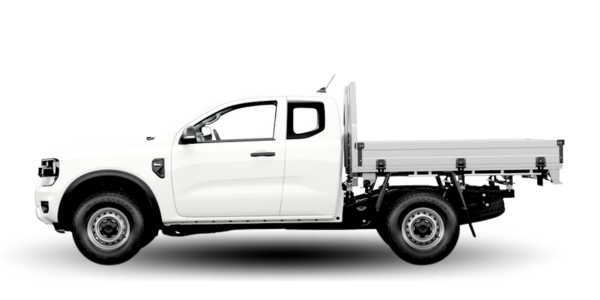 Cab Chassis (4)
Cab Chassis (4)
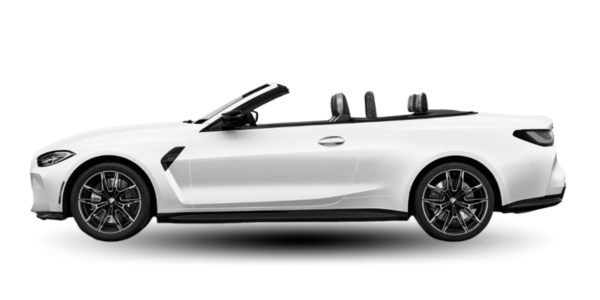 Convertible (1)
Convertible (1)
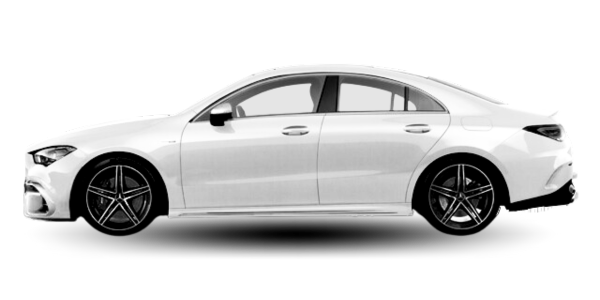 Coupe (2)
Coupe (2)
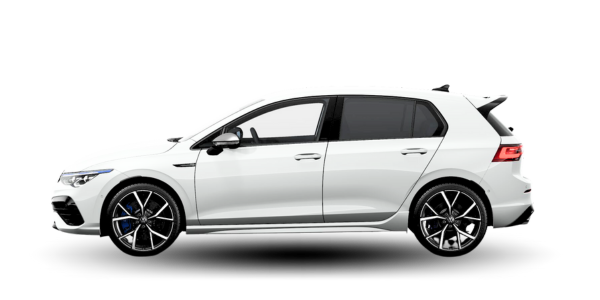 Hatch (46)
Hatch (46)
 Other (1)
Other (1)
 People Mover (2)
People Mover (2)
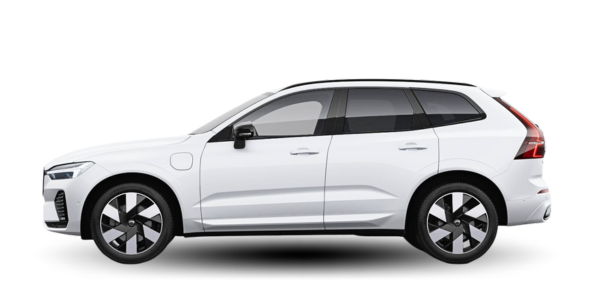 SUV (52)
SUV (52)
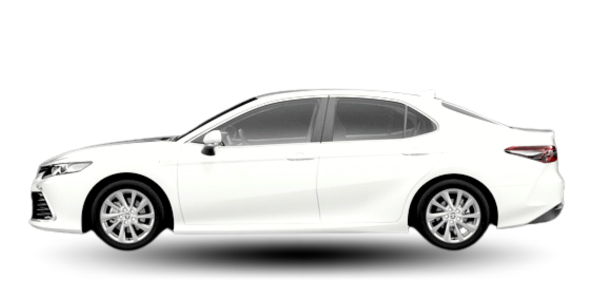 Sedan (15)
Sedan (15)
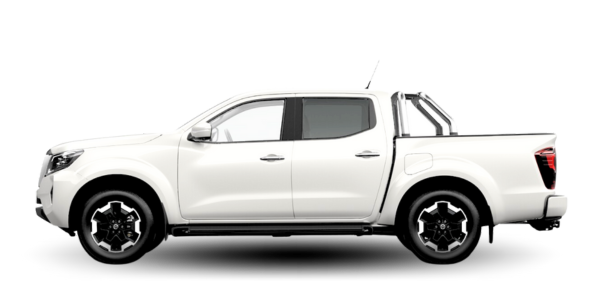 Ute (30)
Ute (30)
 Van (3)
Van (3)
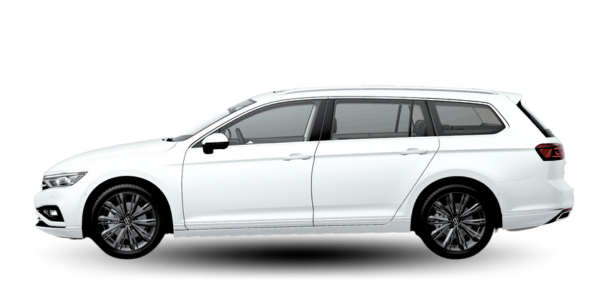 Wagon (43)
Wagon (43)